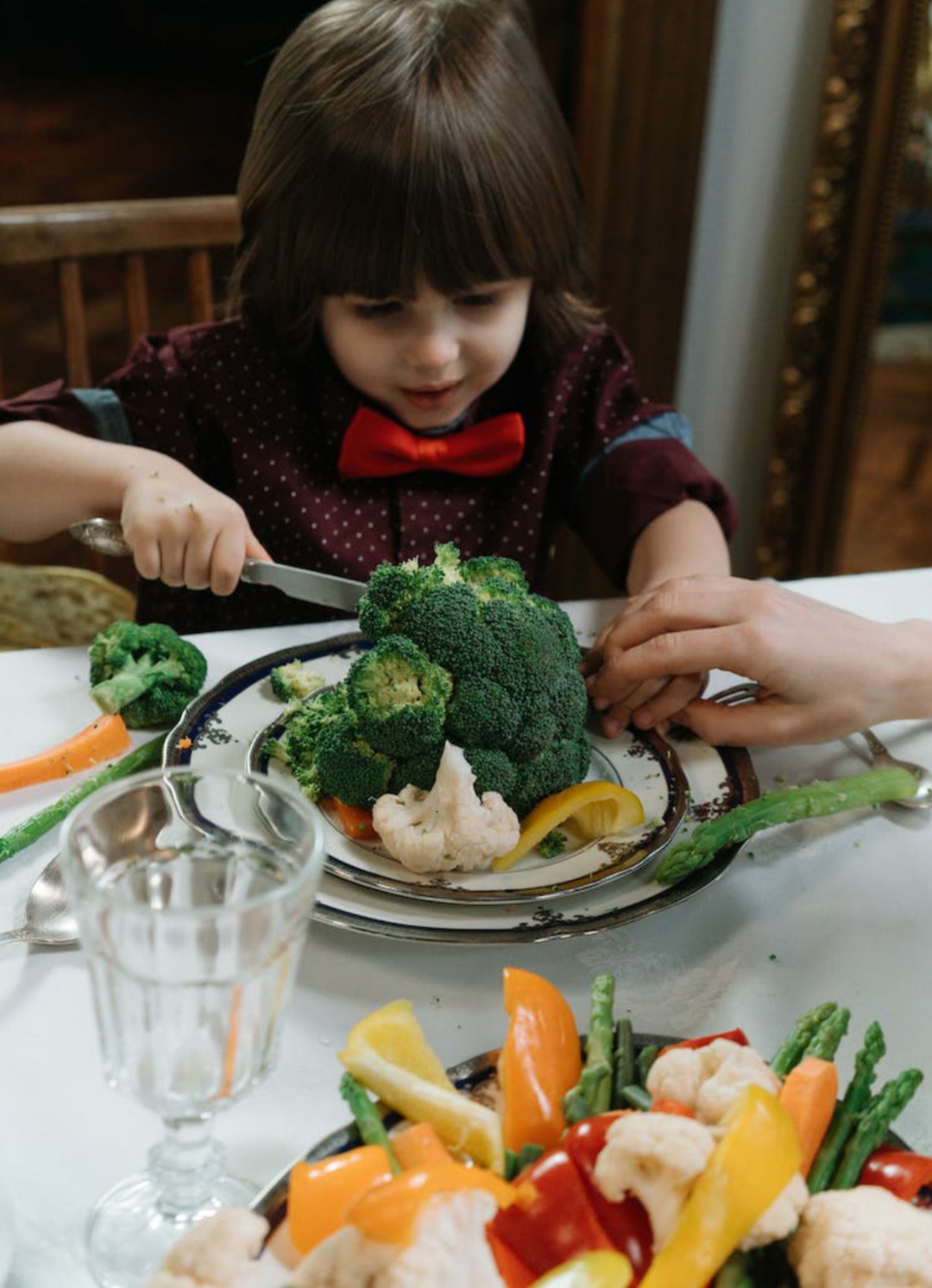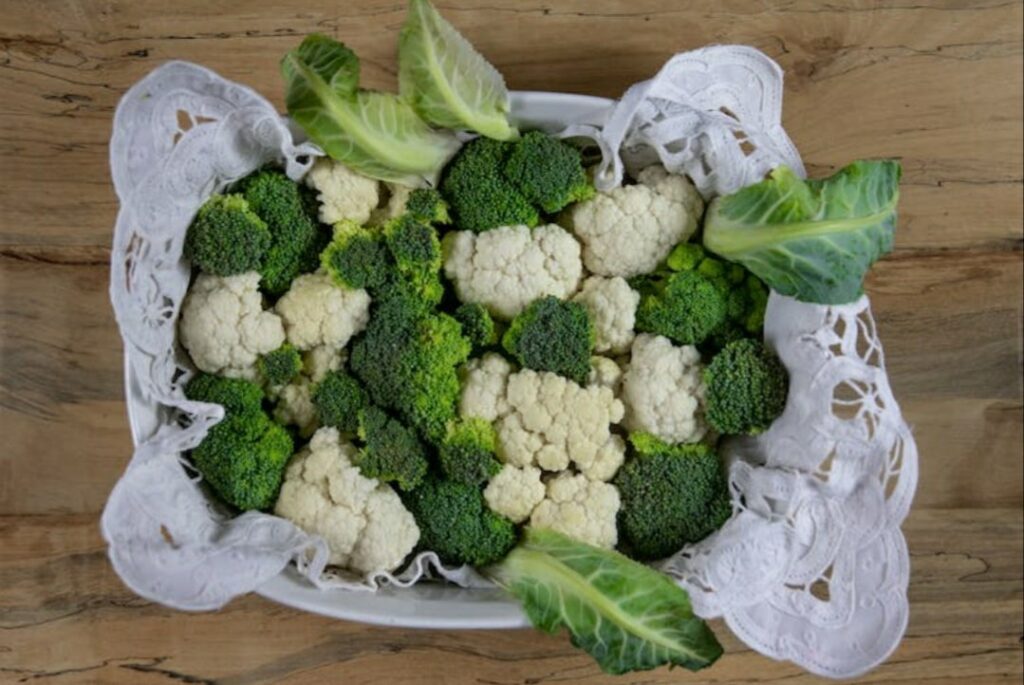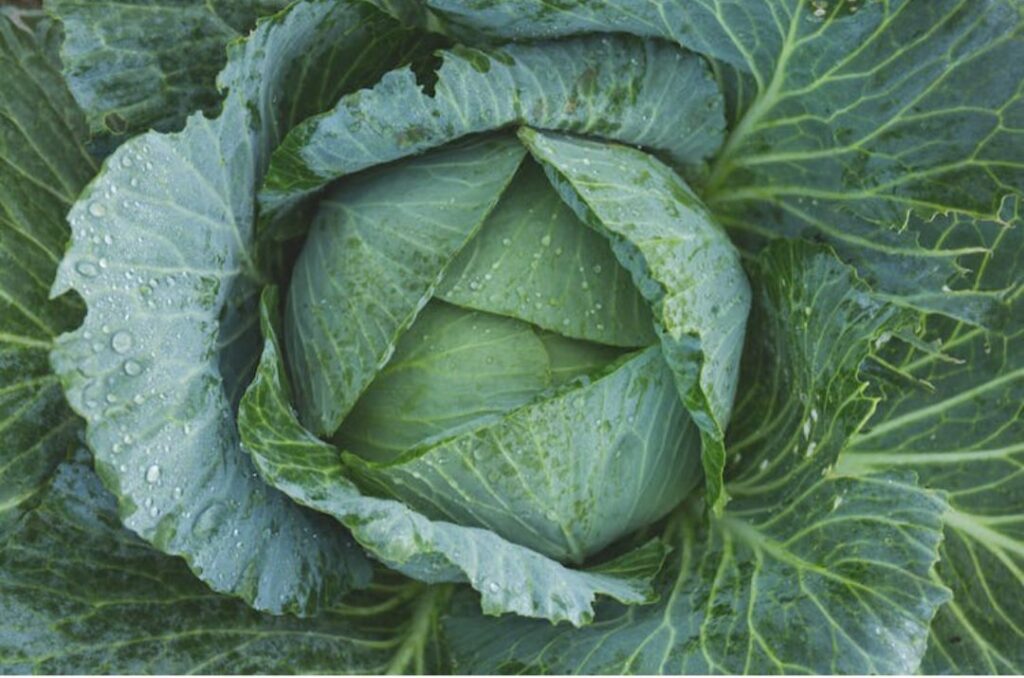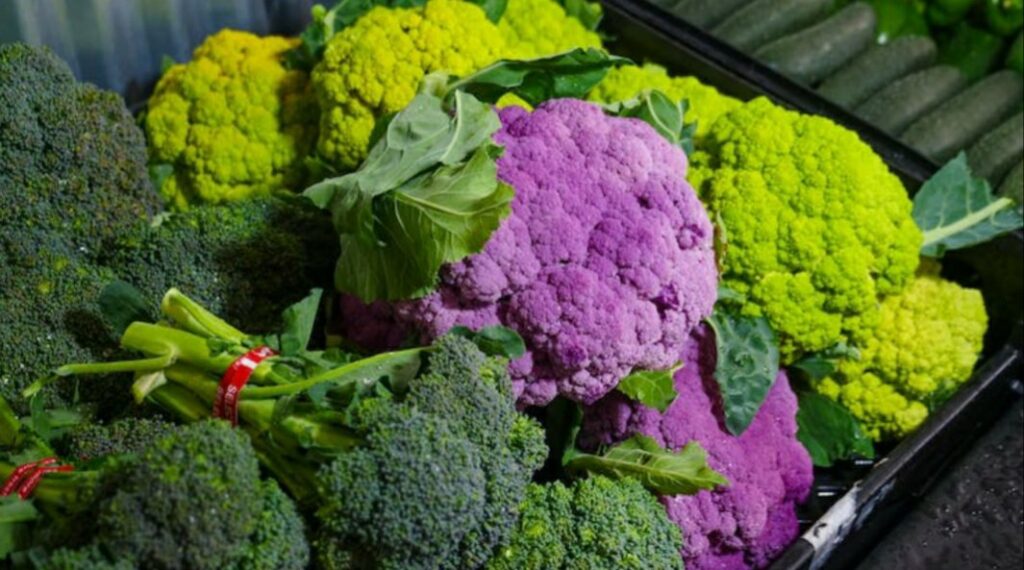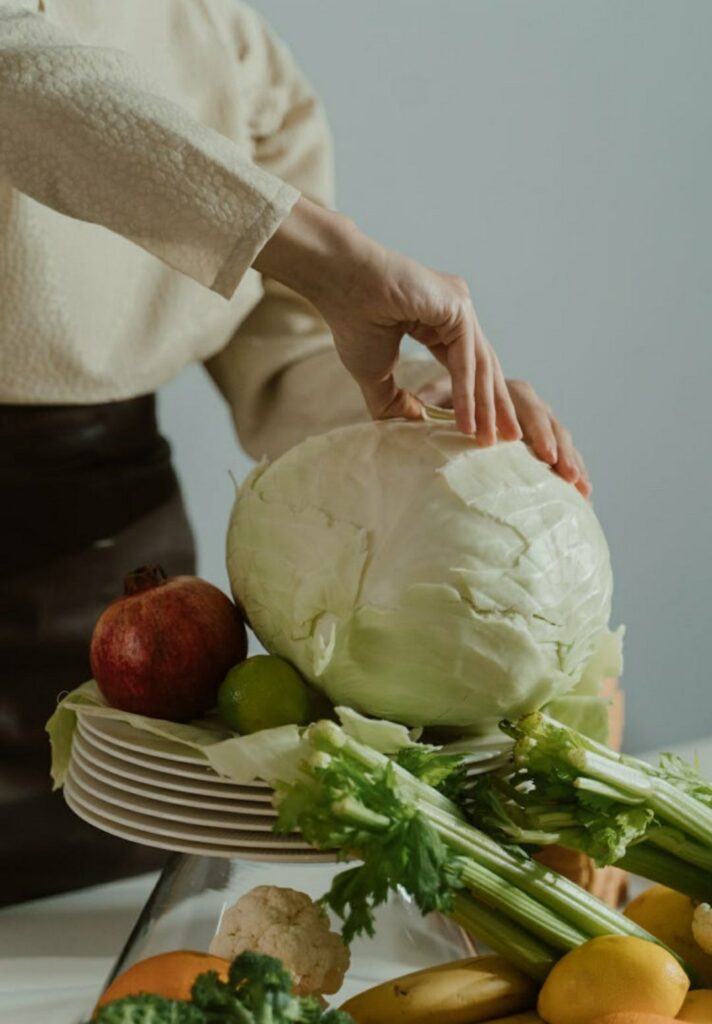Research has shown that women with high intake of cruciferous vegetables have a lower incidence of breast cancer.
Cruciferous veggies are a group of vegetables that includes broccoli, cauliflower, cabbage, kale, bok choy, arugula, Brussels sprouts, collards, watercress and radishes.
Facts about Cruciferous Vegetables:
• Cruciferous vegetables get their name from the four petals on their flowers that make the shape of a cross.
• Cruciferous vegetables get their taste and aroma from sulfur compounds called glucosinolates.
• People who can taste phenylthiocarbamide (PTC), which is either bitter or tasteless, are less likely to find cruciferous vegetables palatable due to the resemblance between isothiocyanates and PTC.
Cruciferous vegetables are full of nutrients.
• They are all extremely high in vitamin K, vitamin A, vitamin C, manganese, and iron. They even have protein and omega 3 fatty acids.
• Cruciferous vegetables are high in zeaxanthin and lutein, which are nutrients needed for healthy eyes.
• They serve as a great source of calcium and magnesium.
• Cruciferous vegetables have high levels of a phytonutrient called glucosinolate which helps to prevent cancer.
• Cruciferous vegetables can help lose weight, lower blood pressure, and reduce obesity and diabetes risk factors.
• They help to reduce high oestrogen level in the body.
Tips on how to eat cruciferous vegetables
• Start with small portions and gradually increase your intake
• Eat them slowly
• Eat raw if possible but if you have hypothyroidism (underactive thyroid) or irritated with the pungent smell, steam lightly before eating.
